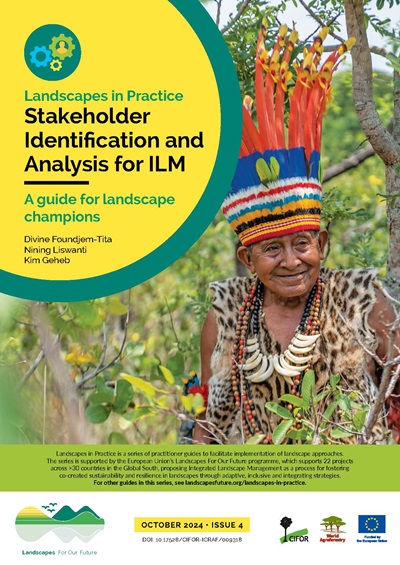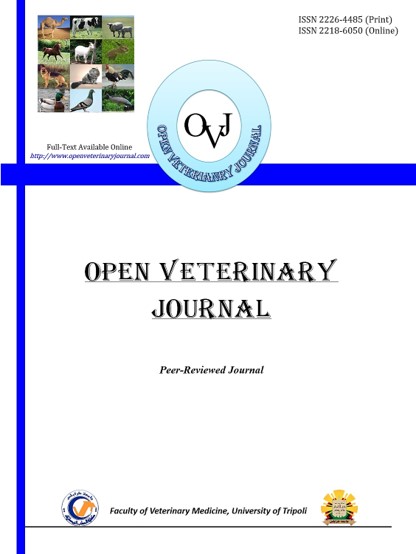Local mangos (Mangifera indica L.) are highly valued for home consumption in rural Kenya and are regarded by the local population to be comparatively drought tolerant and less susceptible to pests and diseases than the improved varieties. These are characteristics which make them interesting for improvement and breeding purposes. To date, research on Kenyan mangos has mainly focused on introduced and commercial varieties, whereas information on local varieties and landraces is lacking. We present the first comprehensive morphological and molecular characterisation of local mango landraces from Eastern and Central Kenya. Thirty-eight local mango trees were sampled and characterized by 75 selected qualitative (44) and quantitative (31) morphological descriptors selected from the descriptor list developed for mango by Bioversity International (former IPGRI). Hierarchical cluster analysis was performed using first all variables and finally only 10 selected key descriptors. Additionally, dried mango leaves from the same 38 trees were used for molecular classification with 19 simple sequence repeat markers. Genetic relatedness between the mango samples was visualized using a dendrogram based on Nei’s genetic distance and Neighbor Joining methods. Morphological characterisation resulted in six distinct clusters, and molecular analysis in eight clusters, which partly supported the morphological classification. Four of the eight molecular clusters were consistent and molecular results confirmed morphological classification in these cases. Identification of local mango landraces using morphological traits can be considered as satisfying under field conditions, e.g. for rootstock identification in nurseries, but environmental conditions may influence the results. Molecular marker analysis is more expensive, but independent from environmental influences and thus suitable for identification of landraces in field genebanks and for breeding purposes. Outcomes of the present study can form the basis for urgently needed future conservation efforts, including circa situ conservation on farms and the development of ‘conservation through use’ strategies for local mango landraces in Kenya.
DOI:
https://doi.org/10.1007/s10722-013-0012-2
Altmetric score:
Dimensions Citation Count:























